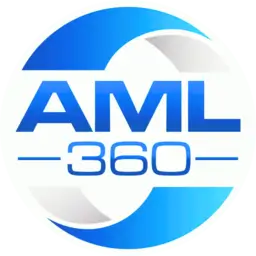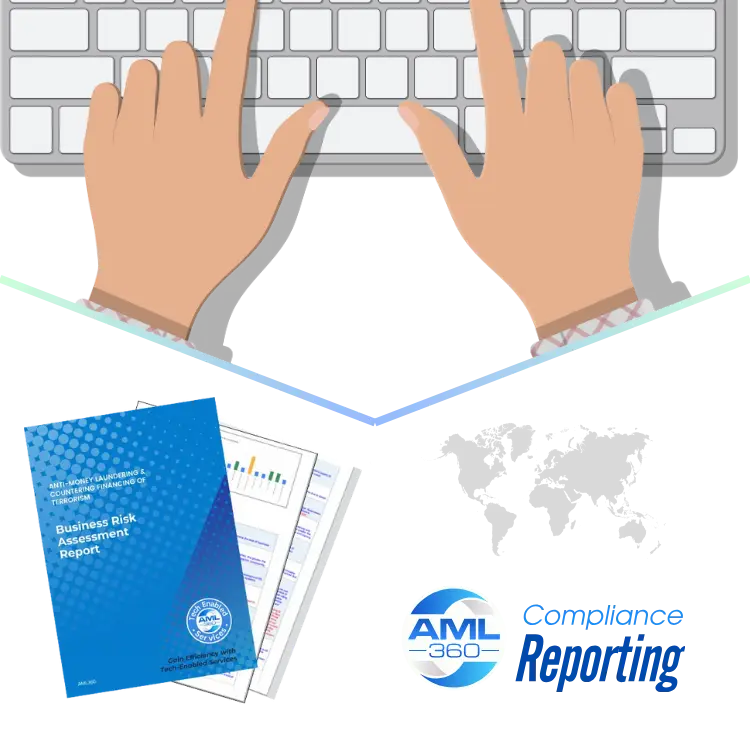AML Customer Risk Rating
Are You Ready For AML Customer Risk Rating And Reporting?
From 1 June 2025, New Zealand AML/CFT compliance laws require the implementation of an AML Customer Risk Rating methodology and reporting framework. AML/CFT Compliance is increasingly requiring risk-based reporting that can demonstrate adequacy and effectiveness to AML/CFT regulatory expectation. AML360™ provides your business with affordable and proven AML/CFT compliance solutions.

Data At Your Fingertips


Anti-Money Laundering Compliance has many administrative functions that require risk-profiling, ongoing monitoring and reporting.
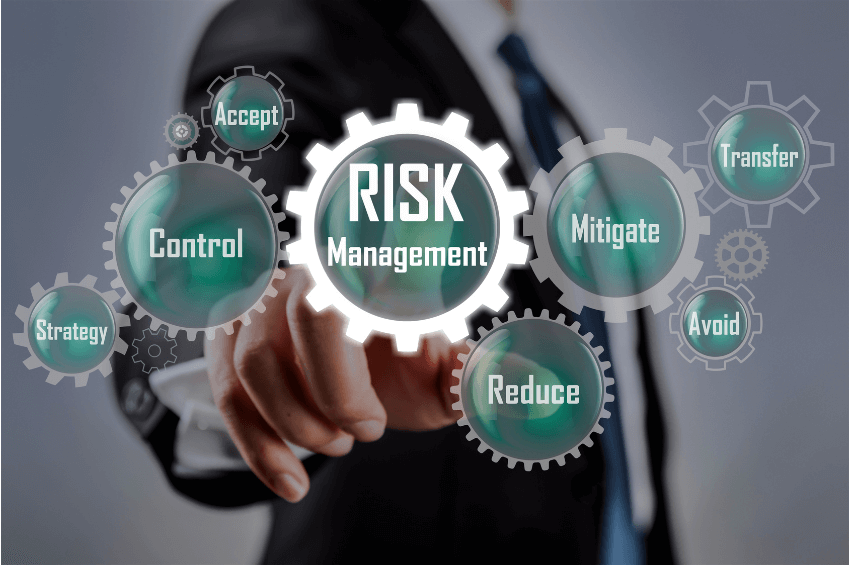

If your business is not utilising automated data processing, operational costs for maintaining AML/CFT compliance will rise.


AML360™ eliminates AML/CFT compliance complexities by providing solutions that automate risk profiling and reporting
AML Customer Risk Rating and Management Reporting
To reduce costs of meeting anti-money laundering compliance obligations, businesses will need to convert to automated risk-based reporting. AML360™ provides solutions for all sized entities. We deliver affordability and compliance efficiency.

Develop
From $1,500 (+gst)
We will examine your existing data and develop an AML/CFT client risk profiling methodology. Your firm will receive a compliance report to explain the rationality of the profiling methodology. Use this report to support your AML/CFT Programme’s AML Customer Risk Rating model.

Implement
From $2,890 (+gst)
We will develop your AML/CFT client risk profiling methodology and deliver individual client risk reports for your existing customer base. Each client risk report includes a risk score and detail on individual ML/FT risk thresholds. Demonstrate risk-based decision making and ongoing monitoring and reporting.

Monitor
From $895 (+gst) / month
With a subscription to an AML360™ secure Cloud account, your business easily manages an AML customer risk rating register. Login at anytime and access individual client risk reports or view heat maps informing of risk across the entire client base. Utilise case management reporting.
AML Customer Risk Pricing
- Data Risk AnalysisData Risk Analysis
- Risk MethodologyRisk Methodology
- Testing & ValidatingTesting & Validating
- Customer Risk Report for AML ProgrammeCustomer Risk Report for AML Programme
- Individual Client Risk ReportsIndividual Client Risk Reports
- Online Client Risk RegisterOnline Client Risk Register
- 24/7 Reporting24/7 Reporting
- Case ManagementCase Management
- Quarterly ReportingQuarterly Reporting
(+ GST)
- Data Risk AnalysisYes
- Risk MethodologyYes
- Testing & ValidatingYes
- Customer Risk Report for AML ProgrammeYes
- Individual Client Risk ReportsNo
- Online Client Risk RegisterNo
- 24/7 ReportingNo
- Case ManagementNo
- Quarterly ReportingNo
(+ GST)
- Data Risk AnalysisYes
- Risk MethodologyYes
- Testing & ValidatingYes
- Customer Risk Report for AML ProgrammeYes
- Individual Client Risk ReportsYes
- Online Client Risk RegisterNo
- 24/7 ReportingNo
- Case ManagementNo
- Quarterly ReportingNo
(+ GST)
- Data Risk AnalysisYes
- Risk MethodologyYes
- Testing & ValidatingYes
- Customer Risk Report for AML ProgrammeYes
- Individual Client Risk ReportsYes
- Online Client Risk RegisterYes
- 24/7 ReportingYes
- Case ManagementYes
- Quarterly ReportingYes
AML Customer Risk Rating Requirement
From 1 June 2025, changes are happening for businesses that are captured under New Zealand’s compliance laws known as Anti-Money Laundering and Countering Financing of Terrorism (AML/CFT). By this date the business must have established and implemented an AML customer risk rating system that adequately risk scores and reports on the client’s exposures to facilitating money laundering and/or financing of terrorism.
New Zealand’s AML/CFT Supervisors are expecting businesses to demonstrate risk-based decision making when applying AML/CFT compliance customer risk ratings.
What Is AML Customer Risk Rating and Why Does It Matter?
New Zealand’s Anti-Money Laundering compliance laws are referred to risk-based legislation or law that applies risk-based principles. This means decision making arising for AML/CFT compliance needs to be based on informed knowledge and be relevant to the risk exposure.
By establishing systems for risk-based reporting, a business is better equipped in implementing an AML/CFT compliance programme to manage the risk level presented. However money laundering and terrorism financing risks are not stagnant. Systems in place for risk profiling, monitoring and reporting therefore need to be flexible and be able to modify and align as underlying risk parameters or thresholds change.
The AML customer risk rating or AML customer risk score will therefore assist the business to make decisions on resourcing commitments to manage the customer risk.
The customer risk report will inform the business and the Anti-Money Laundering Compliance Officer on the frequency of reporting for client activity. The customer risk report will also inform on the reasons why the risk is low, medium or high.
In having informed knowledge of AML customer risk rating, the business is able to demonstrate compliance for application of enhanced due diligence. Section 22(1)(d) of the Anti-Money Laundering and Countering Financing of Terrorism Act (AML/CFT Act), requires enhanced due diligence on higher risk customers. If a business cannot demonstrate how they make decision making on higher risk customers, then they cannot demonstrate compliance with section 22(1)(d).
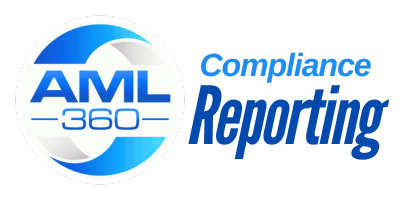
Customer Risk Rating And Enhanced Due Diligence
In having informed knowledge of the AML customer risk rating, the business is able to demonstrate compliance for application of enhanced due diligence.
Enhanced Due Diligence (EDD) is a requirement under AML/CFT laws. Section 22(1)(d) of New Zealand’s Anti-Money Laundering and Countering Financing of Terrorism Act (AML/CFT Act), requires enhanced due diligence on higher risk customers.
If a business cannot demonstrate how they make decision making on higher risk customers, then they cannot demonstrate compliance with section 22(1)(d).
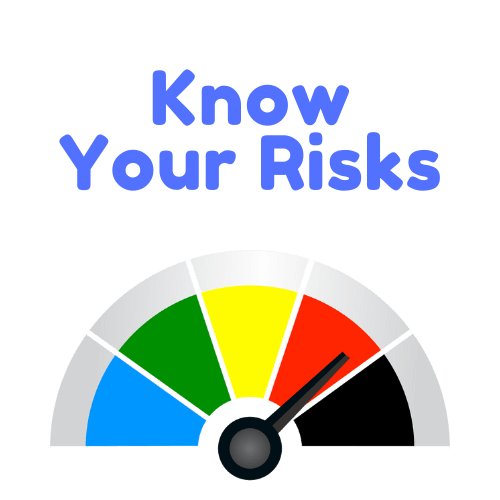
To achieve AML customer risk rating and scoring, a business will need to start with examining the type of data that exists relevant across all customers and/or the majority of customers.
The data will then need to be examined for relevance to ML/FT risks. This may include information of the country or countries linked to the client either by being domiciled or reach of business activity.
The expected volume of the customer activity and the expected value of the customer activity is also relevant to segregating risks levels.
The types of products or services that the customer accesses should be included in the AML customer risk rating, including the method of interaction with the client.
Where some customers have data gaps, an automatic default of high should be applied to that data gap. Once the ‘missing’ information is gathered, the client’s profile can be updated for the AML customer risk rating model.
Senior managers and Board members should receive some level of reporting on the business entity’s risk exposure to customer risk under AML/CFT laws.
Heat maps are a simple and effective method to inform at high levels. Heat maps should always be supported with a data report that explains the risk. These reports should be readily available to AML/CFT Compliance Officers, senior managers, Board members, auditors and AML/CFT Supervisors.
How Can AML360™ Assist?
AML360™ provides your business with advisory services to develop a compliance framework for AML customer risk rating and reporting. Using regulatory technology we can test the risk methodology for adequacy and application of the AML/CFT risk-based principles.
We provide you a compliance report on the AML customer risk rating methodology as a supporting document to your AML/CFT Programme.
Not only can we assist in the development of an AML customer risk rating and scoring methodology, but we can also provide reporting services.
Our AML customer risk rating and reporting options can be through PDF, online compliance registers or both.
We ensure integration is quick and affordable.
Don’t leave the AML customer risk rating obligation on the back-burner. Avoid the risk of a regulatory fine and govern your AML customer risk rating model with AML360™.
Get confident by using services that have ongoing oversight of AML/CFT compliance professionals.
